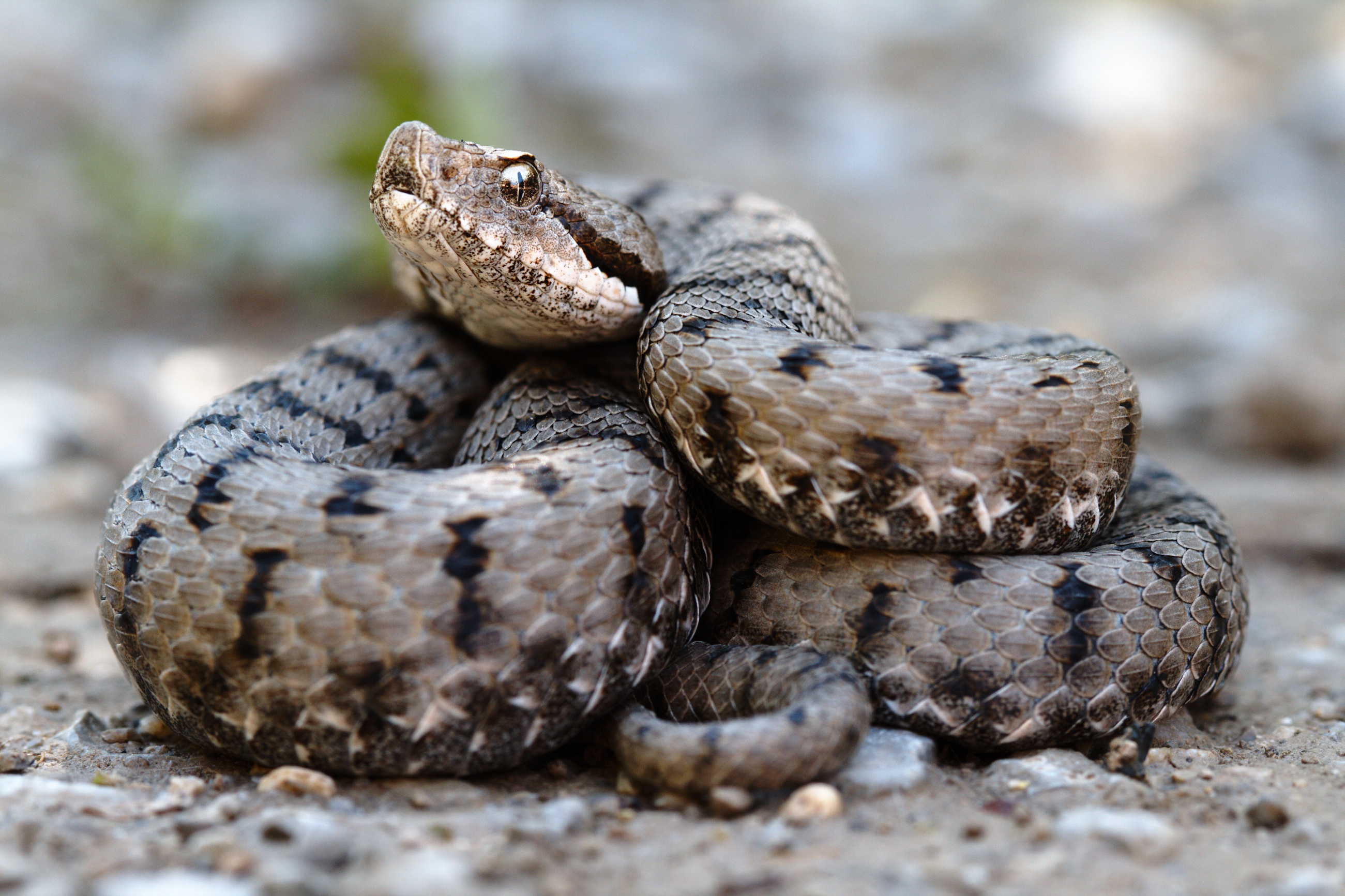Snake Detection Theory on:
[Wikipedia]
[Google]
[Amazon]
 The snake detection theory, also sometimes called the snake detection hypothesis, suggests that
The snake detection theory, also sometimes called the snake detection hypothesis, suggests that
 The snake detection theory, also sometimes called the snake detection hypothesis, suggests that
The snake detection theory, also sometimes called the snake detection hypothesis, suggests that snakes
Snakes are elongated, limbless, carnivorous reptiles of the suborder Serpentes . Like all other squamates, snakes are ectothermic, amniote vertebrates covered in overlapping scales. Many species of snakes have skulls with several more j ...
have contributed to the evolution of primates
Primates are a diverse order of mammals. They are divided into the strepsirrhines, which include the lemurs, galagos, and lorisids, and the haplorhines, which include the tarsiers and the simians (monkeys and apes, the latter includin ...
' visual system.
According to the theory, predatory pressure from snakes has selected individuals who are better able to
recognize them, improving their survival chances and therefore transferring such skill to their offspring. From this point of view, snakes were responsible for the modification and expansion of primate visual systems which made vision
Vision, Visions, or The Vision may refer to:
Perception Optical perception
* Visual perception, the sense of sight
* Visual system, the physical mechanism of eyesight
* Computer vision, a field dealing with how computers can be made to gain und ...
the most developed sensory interface with the external environment for modern primates.
In her book ''The Fruit, the Tree, and the Serpent'' (2009), anthropologist Lynne Isbell
Lynne A. Isbell (born 1955) is an American ethologist and primatologist, professor of anthropology at the University of California, Davis.
Isbell has served as President of the American Society of Primatologists and is the originator of the sna ...
writes that snakes evolved to be difficult to detect and mortally dangerous. Surviving the peril of snakes for millions of years required selective pressure favoring primates' specialized visual systems. Compared to that of other mammals, the pulvinar region of the brain – which helps to visually detect relevant objects – is disproportionately large and effective in the brains of primates (including human
Humans (''Homo sapiens'') are the most abundant and widespread species of primate, characterized by bipedalism and exceptional cognitive skills due to a large and complex brain. This has enabled the development of advanced tools, culture, ...
s).
The concept of snakes being a special threat to humans has been confirmed by population-based studies. Ophidiophobia
Ophidiophobia (or ophiophobia) is a particular type of specific phobia, the irrational fear of snakes. It is sometimes called by a more general term, herpetophobia, fear of reptiles. The word comes from the Greek words "ophis" (), snake, and "phobi ...
(phobia of snakes) is one of the most common and intense phobias among the general population. Furthermore, a study reported that around 50% of people experience dreams about snakes.
Empirical studies
Many empirical studies have found evidence for the theory. Primates, including humans, are able to quickly detect snakes. Some studies have found that humans can detect snake images before subjective visual perception. However, the pre-conscious detection of snake stimuli is still under debate by the scientific community. Regardless, snakes images have been experimentally demonstrated to be detected more rapidly compared to other fear-relevant stimuli: empirical evidences have shown that snakes are more rapidly detected compared tospiders
Spiders (order Araneae) are air-breathing arthropods that have eight legs, chelicerae with fangs generally able to inject venom, and spinnerets that extrude silk. They are the largest order of arachnids and rank seventh in total species di ...
because (according to the snake detection theory) the arachnid
Arachnida () is a class of joint-legged invertebrate animals ( arthropods), in the subphylum Chelicerata. Arachnida includes, among others, spiders, scorpions, ticks, mites, pseudoscorpions, harvestmen, camel spiders, whip spiders and ...
s were, historically, a less relevant threat to primates.
Snake stimuli are particularly distracting during perceptual tasks, suggesting that the brain preferentially processes snake stimuli, even when attentional processes are demanded by other targets.
Enhanced snake detection has also been found in young children.
Brain imaging investigations have found further evidence for the theory. Support for the idea of a high visual sensitivity to snakes has been proven in primate neural activity in response to snake threats. Non-invasive electroencephalogram (EEG
Electroencephalography (EEG) is a method to record an electrogram of the spontaneous electrical activity of the brain. The biosignals detected by EEG have been shown to represent the postsynaptic potentials of pyramidal neurons in the neocortex ...
) studies have found an enhanced visual brain activity in response to images of snakes in humans.
References
{{reflist Evolution of primates